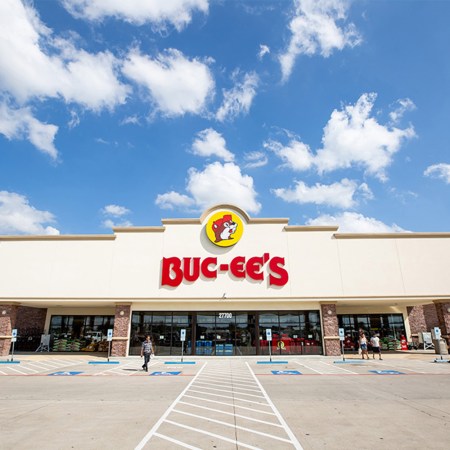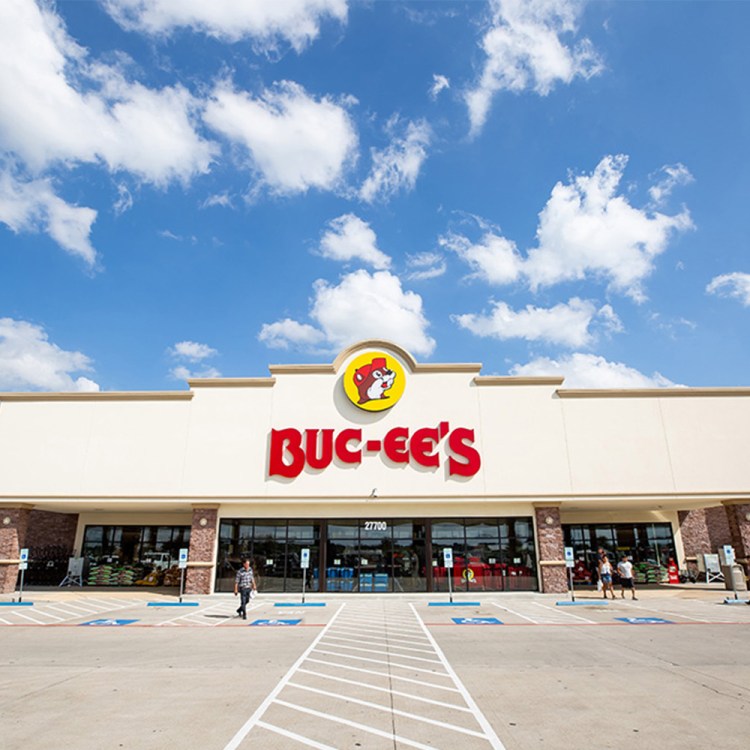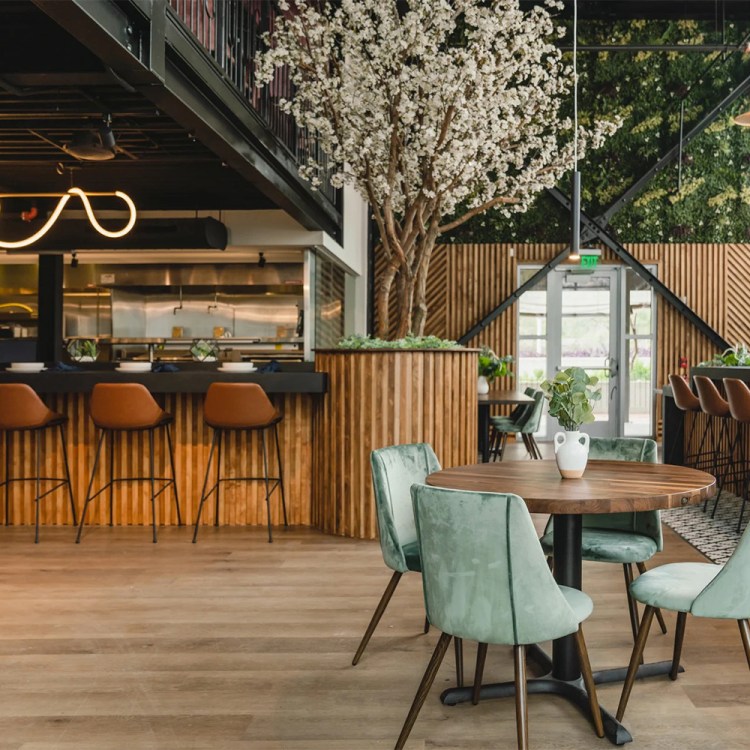The secret’s out on San Miguel de Allende. The charming town in Central Mexico flew under the radar for decades, but over the past 10 to 15 years, it’s become a go-to favorite for visitors and expats drawn to the city’s colorful architecture, cobblestone streets, vibrant arts scene and impressive restaurants. Even if you haven’t been to San Miguel, you’ve likely seen its name atop countless best-of lists, or maybe you’ve sipped Casa Dragones tequila, one of the city’s most recognizable exports.
Depending on how the stat is counted, San Miguel is home to approximately 10 percent expats, which means you’re bound to run into some fellow Americans. This fact, plus the city’s popularity with tourists, makes it easy to navigate, with many businesses and services catering to English speakers. Such factors also drive up the cost of real estate for locals and, like many well-trodden destinations, there’s always the risk of it losing the character that attracted visitors in the first place. So enjoy yourself, but be cool.
Here’s a primer on getting to San Miguel and what to do once you arrive, with tips on where to stay and what to eat and drink.
Getting to Town
San Miguel is located in the state of Guanajuato. If you’re arriving by plane — which, for American visitors, is the easiest way to reach this city — you have two options: flying into the Queretaro or León airports. They’re roughly equidistant from San Miguel and can be reached in about an hour and a half. You can take a taxi or Uber, but car services are plentiful, so you may want to reserve a ride in advance for peace of mind.
Spending the Night
For a town its size, San Miguel has no shortage of hotels, Airbnbs and guest houses, with options ranging from simple, budget-friendly rooms to luxurious suites. The latter can be found at properties like Amatte, a new wellness-focused hotel that’s awash in desert vibes. Spend a few nights on site, and you can lounge by the pool, eat top-notch food and drink cocktails in the rooftop garden. There’s also a spa and fitness center if you really want to embrace the wellness concept.
The Rosewood offers all your traditional luxe hotel perks, like comfortable rooms, multiple restaurants and a spa, but in a setting that fits snugly into San Miguel’s landscape. It inhabits a 16th-century building with bright colors and a cobblestone entrance. The Luna rooftop bar looks over the city and into the hills, providing great views with your drinks.
Hotel Matilda is another popular option, known for its collection of important Latin American art, plus gourmet dining and spa treatments. For an experience that’s high on charm and customer service, try El Golpe de Vista, an eight-room boutique just one block behind the Rosewood. Naturally, there’s a rooftop bar and restaurant. And the 12-room Dos Casas turned two 18th-century residences into one comfortable hotel, with good-looking rooms and a great restaurant called Áperi.
Dining and Drinking
Once again, the theme here is rooftops. They’re everywhere, and fortunately many of these elevated spots are ready to serve you a great meal. Quince is regularly recognized as one of the best rooftops in the world, so you should probably check it out. The food is solid, but you’re here for its location, situated above Parroquia de San Miguel Arcángel, a neo-Gothic church dating back to the 17th century. If you’ve seen pictures of San Miguel, you’ve seen this church and its pink spires.
If it’s more rooftops you’re after, La Única serves regional Mexican cuisine (grilled octopus, ceviche, tacos) and is also next door to La Parroquia. And Antonia Bistro has panoramic views of the city and a menu featuring fresh fish, shrimp and suckling pig.
If you don’t mind eating at ground level, one standout restaurant that keeps things casual is Tacos Dos Felix. It requires a walk outside the city center, but its tacos and enchiladas are worth the trek. And be sure to swing through Mercado Ignacio Ramírez. This open-air market is loaded with food stalls serving tacos, tortas, tlayudas, elote and fresh juices. If you can’t decide what to eat, look for a line of locals and join the queue.
Drinks are easy to come by, with beers, wines and cocktails everywhere you look. But you can’t visit San Miguel without sampling Casa Dragones tequila. The liquid is distilled in Jalisco, as regulations dictate, but the company is based in San Miguel, where its presence is seen at bars and restaurants across town. For the most immersive experience, book a session at the Casa Dragones Tasting Room, which is dubbed the “smallest tequila bar on earth.” It features just six seats, and the interior is lined with thousands of obsidian tiles as an homage to the volcanic soil found in the agave fields. Taste your way through the lineup as you learn all about tequila.
If you’re still thirsty, go explore the budding wine region located outside San Miguel and throughout Guanajuato. With fertile soil and a grape-friendly climate, more than 30 wineries have opened in the past couple decades.
Taking in the Sights
The best way to soak in San Miguel is on foot by strolling the streets, climbing the hills and poking your head into doorways. But if you need a ride, the green-and-white taxis are everywhere (and cheap), and the city also has Uber.
Start at La Parroquia and Jardín Allende, the main plaza. Snap a few photos, grab a snack from the street vendors and look upon the church. This spot’s also a great focal point for orienting yourself in the city. From there, check out Fabrica la Aurora, a former textile factory that today houses multiple art galleries featuring local paintings, sculptures and artisanal products.
El Mirador is a popular lookout point that can be reached by taxi or an uphill hike. Once at the top, visitors are rewarded with 360-degree views of the city below. If you want to go further afield, take a car 20 minutes out of the city center to Escondido Place, a park with thermal pools fed by natural hot springs. For a look back into the past, head for Cañada de la Virgen, an archaeological site and pyramid constructed by the indigenous Otomi population that’s believed to date back to 530 A.D.
This article was featured in the InsideHook Texas newsletter. Sign up now for more from the Lone Star State.






















